Concentrated Poverty
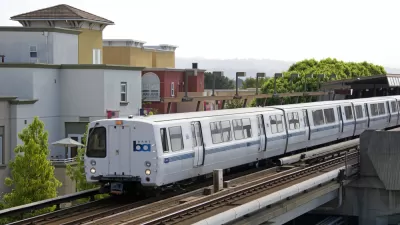
Inclusive Prosperity: No Displacement Necessary
Recent analysis identifies nearly 200 U.S. neighborhoods that have achieved the highly-sought-after goal of increasing the prosperity of residents without displacing the existing community.
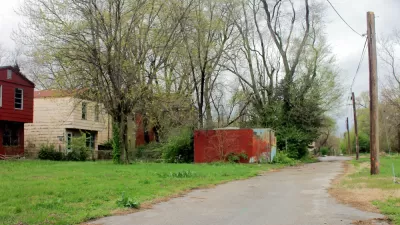
Poverty Concentrating in Already High-Poverty Neighborhoods
A pair of reports analyzing U.S. Census Bureau poverty data from the last two decades show that high-poverty neighborhoods have become further impoverished.

More Evidence that Decline and Concentrated Poverty Define the Urban Experience
Concern about gentrification in urban areas has dominated the urbanism discussion for more than a decade now, at the expense of a more informed understanding of urban dynamics and the potential for more effective action.

Land Bank Trends in 2018
An economic development professional shares three key takeaways from a recent conference focused on land baking practices.
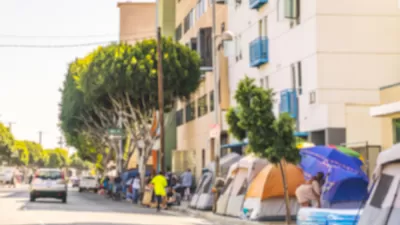
Sunbelt Blues: Overlapping Poverty and Inequality
Poverty and inequality are bad things, but what happens when they coincide? A new study points to a startling increase in the number of U.S. counties suffering from both problems.
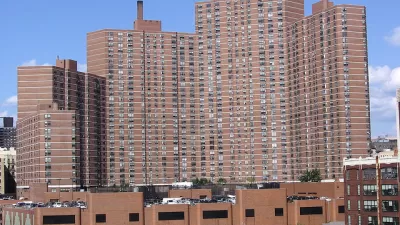
Housing Choice Voucher Holders Still Face Barriers to Mobility
Voucher recipients live in slightly better neighborhoods than the average poor household, but they still live in economically and racially segregated neighborhoods with poor-performing schools.
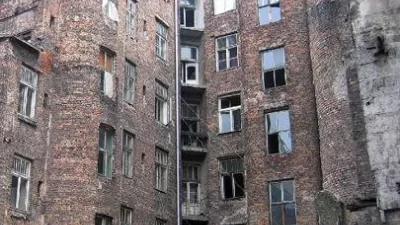
Why Concentrated Poverty Matters
The Architecture of Segregation: The slums are racially concentrated, on the rise, and spreading to the suburbs.
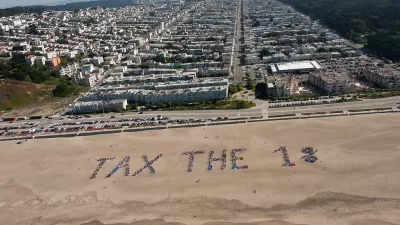
How Falling Inequality Rates Mislead
While the vast majority of cities saw an increase—or no decrease—in neighborhood inequality since 1990, nearly 30 regions became more equal. But paper equality can be problematic when the rich simply up and left town.
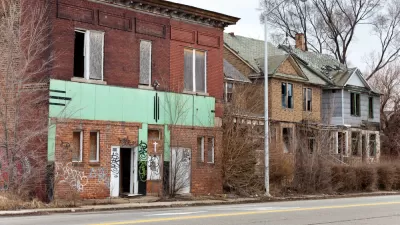
Map Depicts Nationwide Geography of Inequality
An analysis and accompanying interactive map from the Urban Institute show where the nation's richest and poorest tend to live. The map tells a tale of deeply ingrained wealth segregation.

Dumping in Dixie and the Inequity of Place
Only by better addressing issues of inequity can we create truly sustainable and livable communities. But is that even possible today?
Report Finds Doubled Concentrations of Poverty Since 1970
A new report from City Observatory analyzes urban poverty and gentrification using census data from 1970 to 2010.
Growing Concentrations of Poverty in American Suburbs
Updating the initial "Re-Emergence of Concentrated Poverty" Brookings report, Elizabeth Kneebone shows where concentrations of poverty have taken root during the Great Recession and subsequently slow recovery period.
Neighborhoods Matter
Against a backdrop of increasing spatial segregation of incomes, Robert J. Sampson looks at how neighborhood inequality influences multiple aspects of everyday life. How we address such inequality indicates what kind of society we want to be.
Urban Design for Planners 1: Software Tools
This six-course series explores essential urban design concepts using open source software and equips planners with the tools they need to participate fully in the urban design process.
Planning for Universal Design
Learn the tools for implementing Universal Design in planning regulations.
Smith Gee Studio
Alamo Area Metropolitan Planning Organization
City of Santa Clarita
Institute for Housing and Urban Development Studies (IHS)
City of Grandview
Harvard GSD Executive Education
Toledo-Lucas County Plan Commissions
Salt Lake City
NYU Wagner Graduate School of Public Service


































